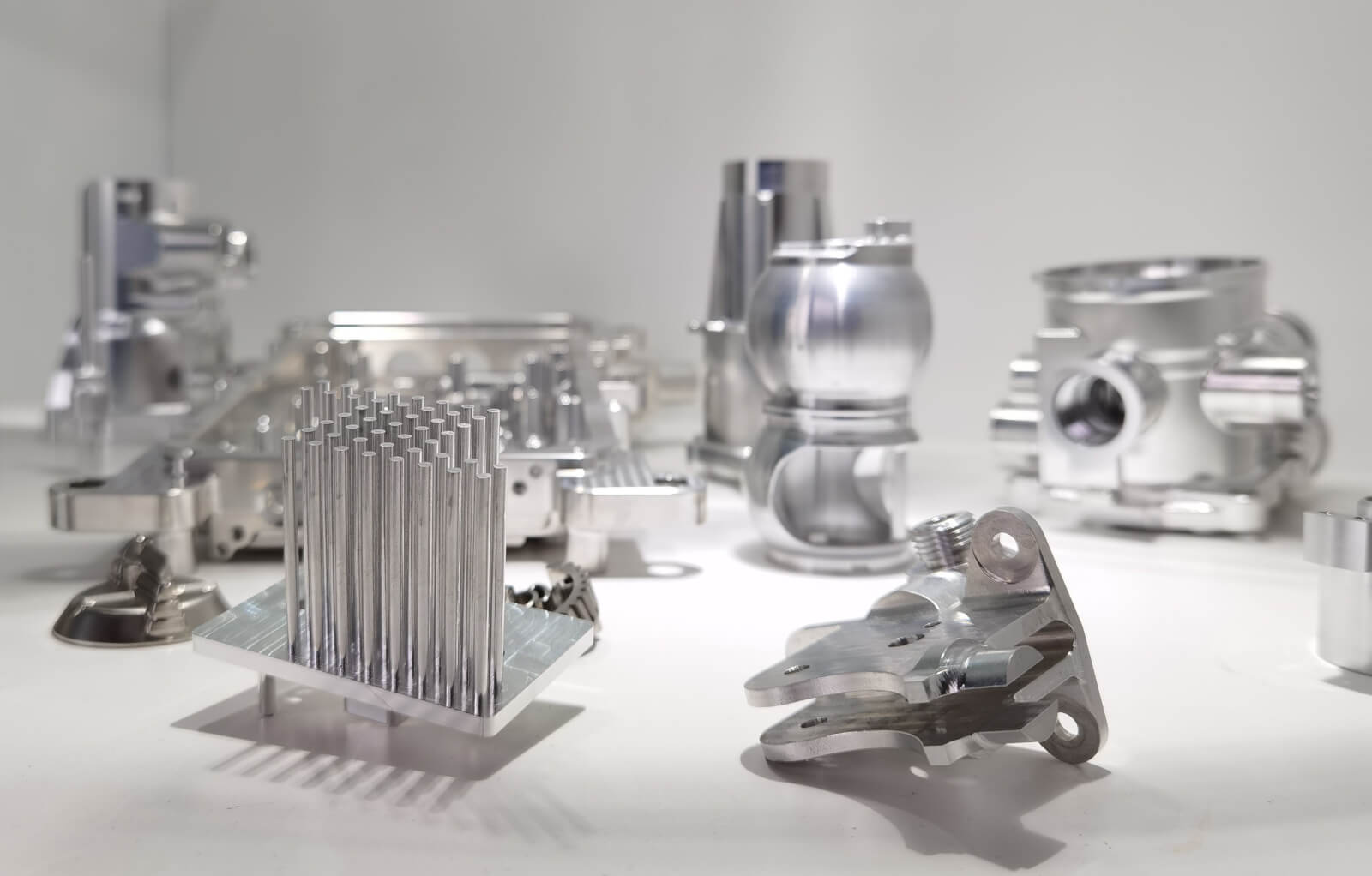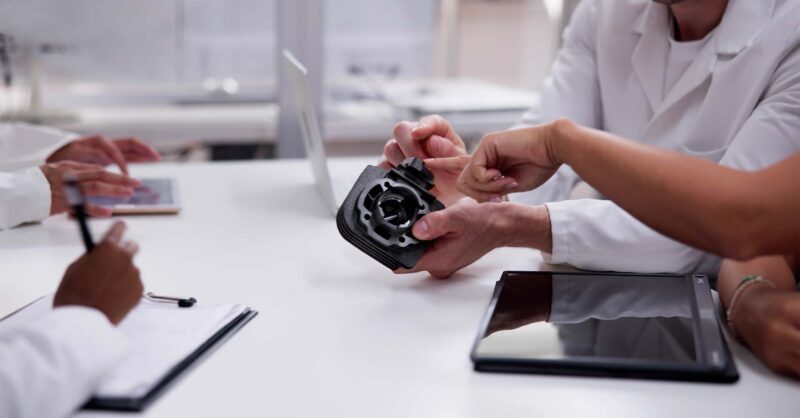In the fast-evolving world of manufacturing, metal prototyping stands out as a cornerstone of innovation and efficiency. As industries increasingly demand rapid turnarounds and precise designs, the ability to create metal prototypes quickly and accurately has become paramount.
This comprehensive guide delves into the essential techniques and numerous benefits of metal prototyping, equipping engineers, designers, and entrepreneurs with the knowledge needed to navigate this complex landscape. From traditional methods like CNC machining to cutting-edge technologies such as metal 3D printing and additive manufacturing, the realm of metal prototyping offers a rich tapestry of options.
Each technique carries its own unique advantages, enabling businesses to push the boundaries of creativity and functionality. Whether you’re crafting intricate parts for aerospace applications or developing functional prototypes for consumer products, understanding these processes is crucial.
Join us as we explore the dynamic world of metal prototyping, where imagination meets precision, and the future of manufacturing takes form.
Introduction to Metal Prototyping

Metal prototyping stands at the forefront of modern manufacturing, bridging the gap between conceptual designs and tangible products. This intricate process involves various cutting-edge techniques that allow designers and engineers to create precise metal components quickly and efficiently.
From additive manufacturing methods, such as metal 3D printing, which layer material with astonishing accuracy, to subtractive techniques like CNC machining that chip away excess material, each approach offers unique advantages tailored to specific project requirements. Metal prototyping services further enhance these benefits by providing specialized expertise and equipment to streamline the prototyping process.
These services offer reduced lead times, enhanced product accuracy, and the ability to experiment with complex geometries without the hefty investment typical of traditional manufacturing. As industries increasingly seek innovation and agility, understanding the landscape of metal prototyping becomes essential for staying competitive in a rapidly evolving marketplace.
Key Techniques in Metal Prototyping

Metal prototyping involves a diverse array of techniques, each tailored to meet specific design needs and production challenges. Among the most prominent methods are additive manufacturing, such as selective laser melting (SLM), which builds parts layer by layer from CAD models, allowing for intricate geometries that conventional manufacturing cannot achieve.
Conversely, traditional methods like CNC machining remain essential for creating precise, high-tolerance components from solid metal blocks. Sheet metal fabrication, another crucial technique, combines processes like bending and laser cutting, resulting in lightweight yet robust structures ideal for various applications.
Moreover, investment casting presents a compelling option for producing complex shapes with excellent surface finish, while die casting is favored for high-volume production runs of simpler forms. Each of these techniques not only showcases the versatility of metalworking but also amplifies the creative potential for engineers and designers aiming to push the boundaries of innovation.
Benefits of Metal Prototyping

Metal prototyping offers a multitude of benefits that can significantly enhance the development process of products and components. Firstly, it enables rapid iteration, allowing designers and engineers to quickly bring their ideas to life, test functionality, and refine designs based on real-world applications.
This agility not only accelerates innovation but also reduces lead times, ensuring that projects stay on schedule. Moreover, the strength and durability of metal prototypes provide a more accurate representation of the final product, revealing potential manufacturing issues early in the process.
The precision achievable in metal prototyping facilitates intricate designs that may not be possible with traditional materials, thus expanding creative horizons. Additionally, these prototypes can be subjected to rigorous testing, helping to validate designs under actual working conditions — a crucial step for ensuring safety and performance before mass production.
Ultimately, the strategic application of metal prototyping translates to cost savings, enhanced product quality, and a competitive edge in todays fast-paced market.
Conclusion
In conclusion, metal prototyping stands as a crucial bridge between concept and production, offering valuable insights that accelerate product development while minimizing costs. The various techniques, from additive manufacturing to traditional machining, provide unique advantages tailored to specific project needs.
By leveraging these methods, businesses can achieve precise designs and functional prototypes that enhance innovation and facilitate informed decision-making. Furthermore, utilizing specialized metal prototyping services can streamline the process, ensuring high-quality results and faster turnaround times.
As industries continue to evolve, embracing these advanced prototyping techniques will undoubtedly empower companies to stay competitive and responsive in an ever-changing market.


